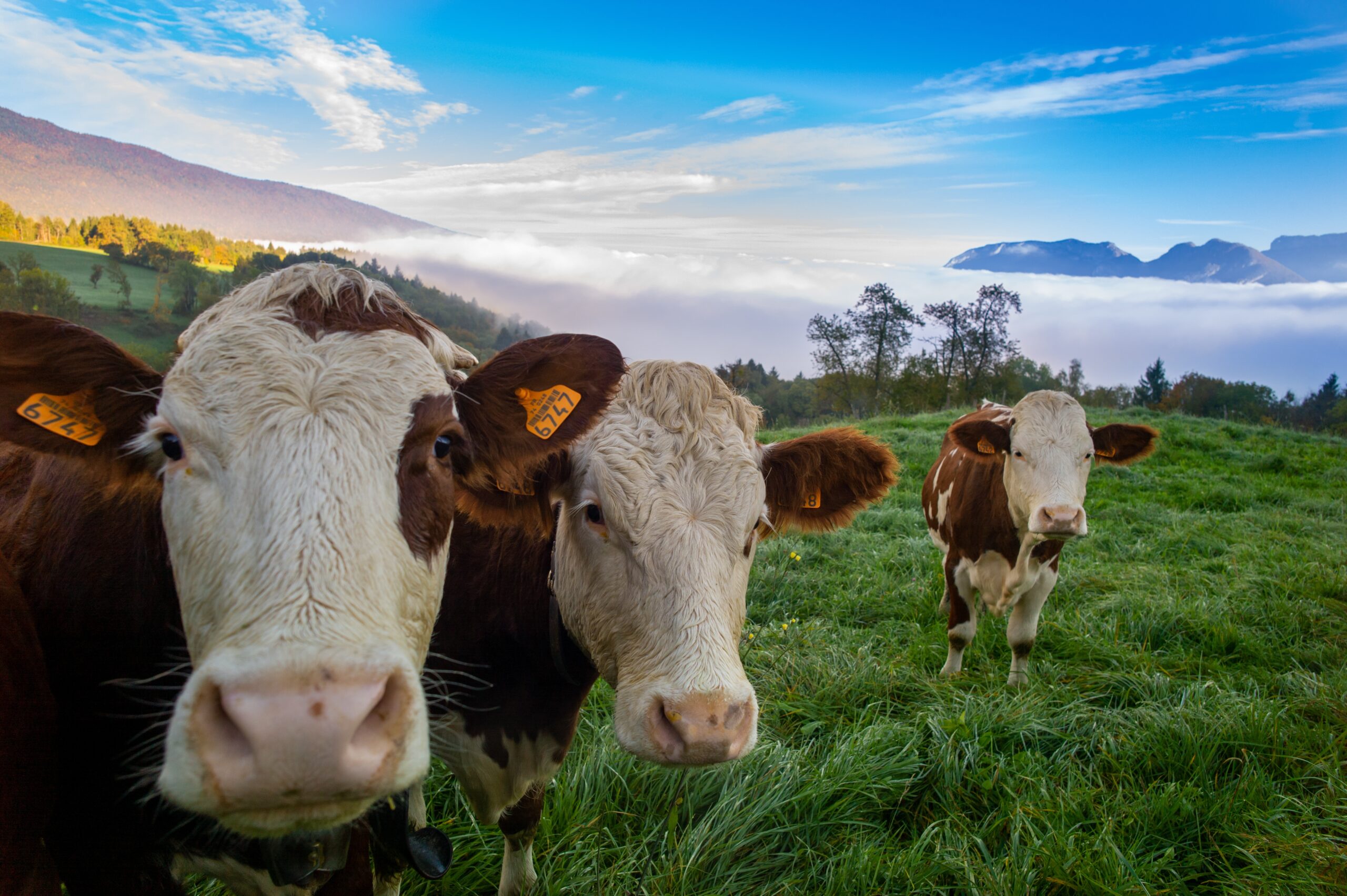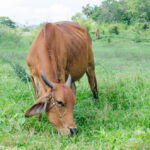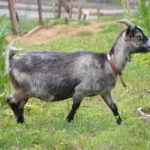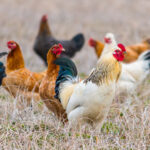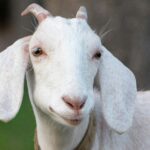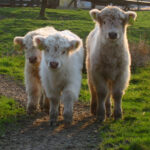Introduction:
Fully cows, also known as mature cows, are fascinating creatures with a plethora of characteristics that make them unique. From their behavior to their physical attributes and milk production capabilities, fully cows are a cornerstone of agriculture and dairy industries worldwide. In this blog post, we delve into the intricacies of fully cows, exploring their behavior, living conditions, height, weight, and the milk they produce.
Understanding Fully Cow Behavior:
Fully cows exhibit a range of behaviors that are fascinating to observe. These gentle creatures are social animals, often forming strong bonds within their herds. They communicate through various vocalizations, body language, and even scent marking. Understanding their behavior is crucial for their well-being and effective management on farms.
Living Conditions for Fully Cows:
To thrive, fully cows require suitable living conditions. They need access to ample pasture for grazing, clean water sources, shelter from harsh weather conditions, and proper veterinary care. Maintaining a comfortable and stress-free environment is essential for maximizing their health and productivity.
Height and Weight:
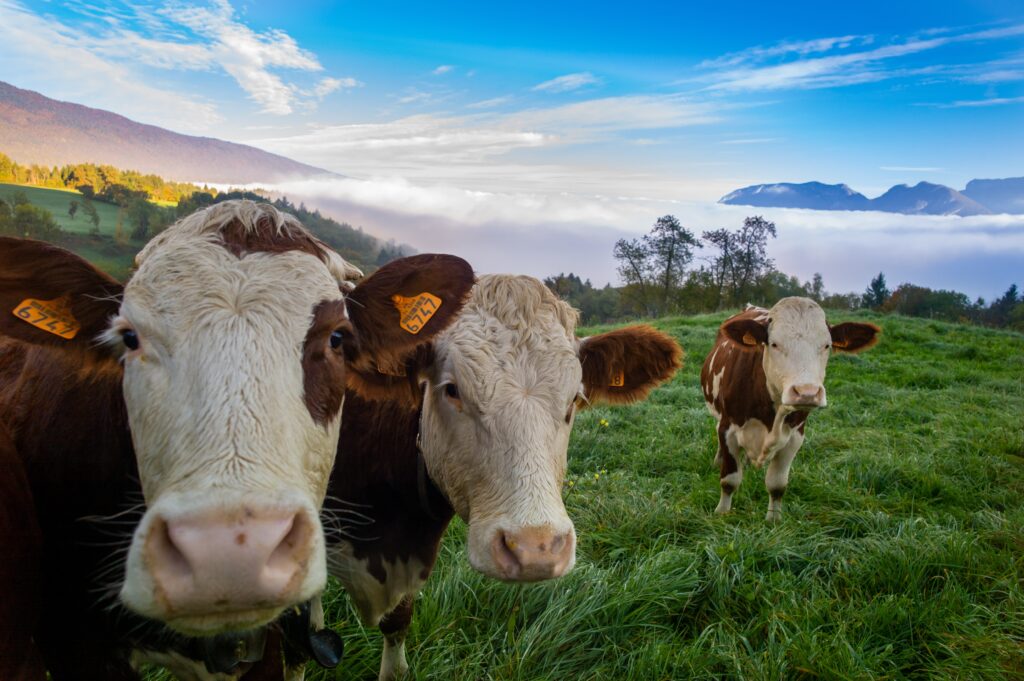
Fully cows come in various breeds, each with its own average height and weight. Generally, fully cows can range from around 4.5 to 6 feet in height at the shoulder and weigh anywhere from 1,000 to 1,800 pounds, depending on the breed. These dimensions may vary significantly, so it’s essential to consider the specific characteristics of the breed in question.
Milk Production:
One of the primary purposes of fully cows in agriculture is milk production. They are bred and raised for their ability to produce high-quality milk, which is a staple in countless dairy products worldwide. The quantity and quality of milk produced by fully cows depend on factors such as genetics, nutrition, and overall health. Proper feeding, regular milking routines, and adequate rest are crucial for maximizing milk production.
Challenges and Opportunities:
While fully cows are integral to dairy farming, they also pose challenges to farmers. Managing their nutrition, health, and reproduction requires careful planning and expertise. Additionally, the dairy industry faces increasing pressure to adopt sustainable practices and address environmental concerns associated with large-scale milk production. However, with innovation and technology, there are also opportunities to enhance efficiency and sustainability in dairy farming while ensuring the welfare of fully cows.
Conclusion:
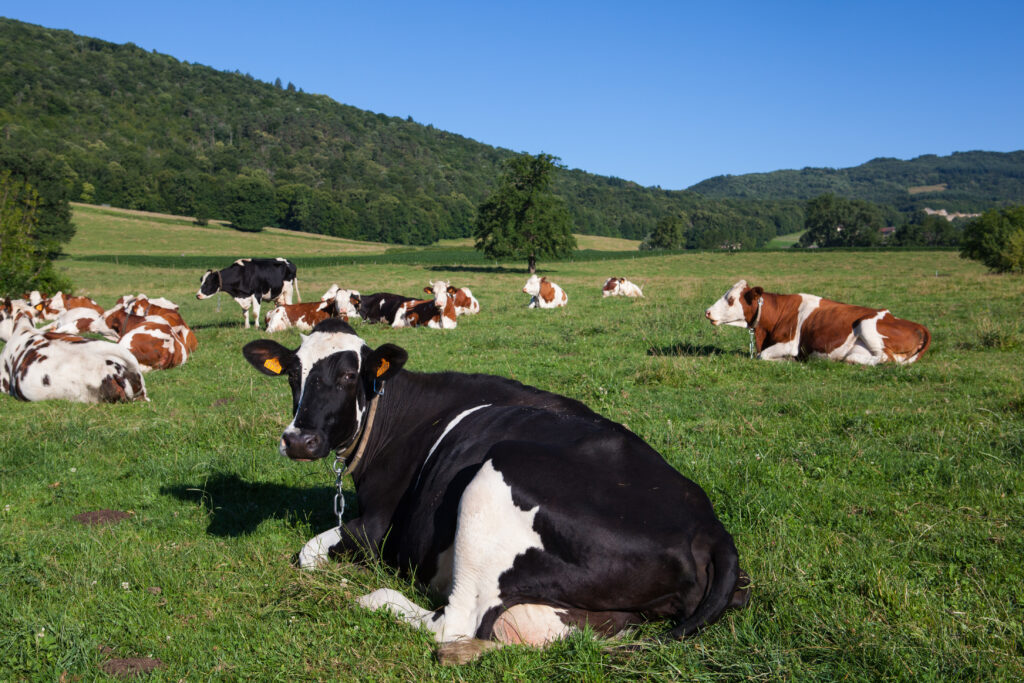
Fully cows are remarkable animals with a rich tapestry of characteristics that make them essential to agriculture and dairy industries worldwide. Understanding their behavior, providing suitable living conditions, and maximizing their milk production are key aspects of responsible farming practices. By prioritizing the well-being of fully cows and implementing sustainable approaches, we can ensure a bright future for both dairy farming and the magnificent creatures at its heart.
QNA?
A: Fully cows are social animals that often form strong bonds within their herds. They communicate through vocalizations, body language, and scent marking. They also display behaviors such as grazing, resting, and grooming.
- Q: What are some common behaviors exhibited by fully cows?
2. Q: What are the ideal living conditions for fully cows?
A: Fully cows require access to ample pasture for grazing, clean water sources, shelter from harsh weather conditions, and proper veterinary care. Maintaining a comfortable and stress-free environment is crucial for their health and productivity.
3. Q: What is the average height and weight of fully cows?
A: The height and weight of fully cows can vary depending on the breed. On average, fully cows can range from around 4.5 to 6 feet in height at the shoulder and weigh anywhere from 1,000 to 1,800 pounds.
4. Q: How much milk do fully cows produce?
A: Milk production varies depending on factors such as genetics, nutrition, and overall health. On average, a fully cow can produce several gallons of milk per day during peak lactation.
5. Q: What are some challenges faced by farmers in managing fully cows?
A: Farmers face challenges such as maintaining proper nutrition, managing reproduction cycles, preventing diseases, and ensuring optimal living conditions for fully cows. Additionally, they must navigate market fluctuations and adopt sustainable farming practices.
6. Q: How do farmers maximize milk production from fully cows?
A: Farmers use various strategies to maximize milk production, including providing balanced nutrition, implementing regular milking routines, ensuring proper rest and comfort for the cows, and employing technological advancements in dairy farming practices.
7. Q: What role do fully cows play in sustainable agriculture?
A: Fully cows play a crucial role in sustainable agriculture by converting forage into nutrient-rich milk, which is a valuable source of protein and essential nutrients for human consumption.
8. Q: How do different breeds of fully cows differ in terms of milk production?
A: Different breeds of fully cows have varying milk production capacities, with some breeds known for higher milk yields or specific milk characteristics such as fat content or protein content. Breeding programs and genetic selection play a significant role in enhancing desired traits in fully cows for milk production.
These questions can serve as a starting point for providing informative content about fully cows and dairy farming practices.
